India is a land of diverse cultures, rich history, and natural beauty. This diversity is well-reflected in its 42 UNESCO World Heritage Sites, which span architectural marvels, historic cities, and natural wonders. These sites represent the country's heritage and attract millions of visitors annually. Here’s an overview of these magnificent sites.
1. Taj Mahal, Agra
A symbol of love, this white marble mausoleum built by Mughal Emperor Shah Jahan in memory of his wife Mumtaz Mahal is a pinnacle of Mughal architecture.
2. Agra Fort, Agra
A majestic red sandstone fort built by Emperor Akbar, serving as the main residence of the Mughal emperors until 1638.
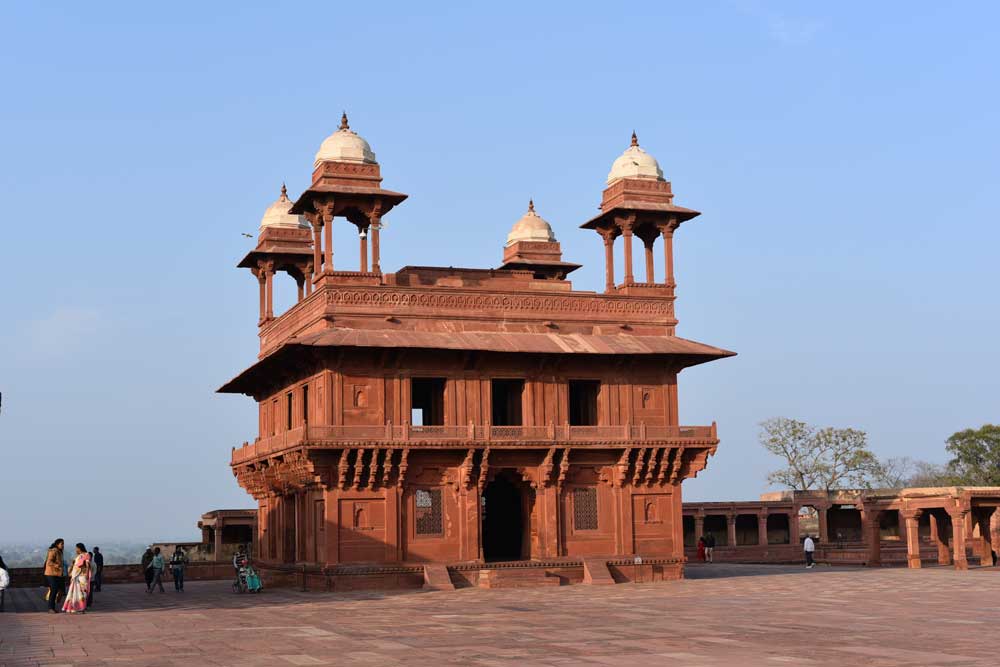
3. Fatehpur Sikri, Uttar Pradesh
A historic city founded by Akbar showcasing various architectural styles from Persian, Indian, and Islamic cultures.
4. Qutub Minar and its Monuments, Delhi
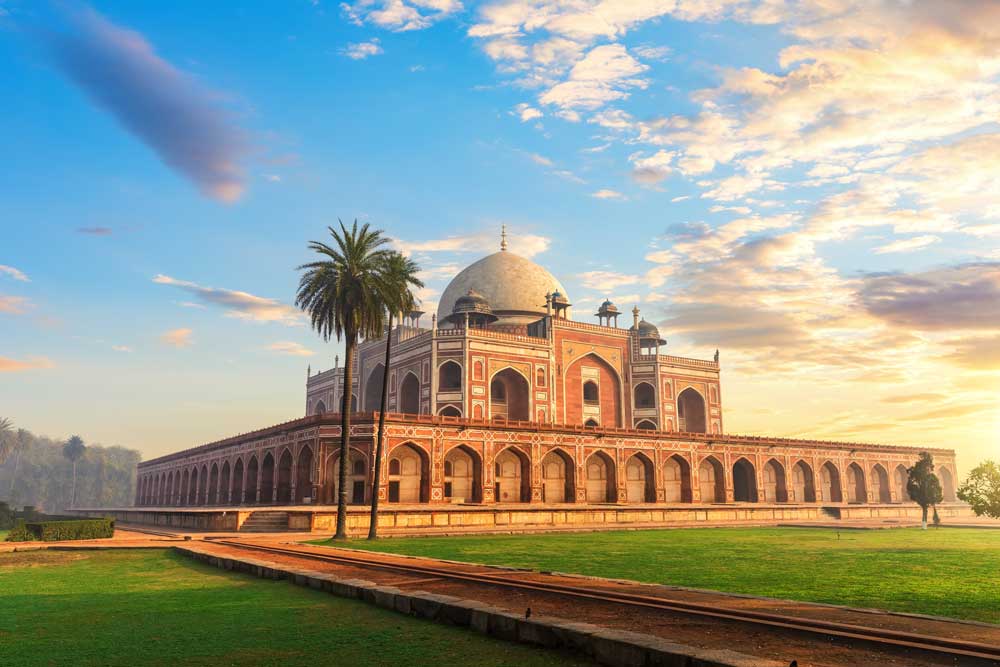
5. Humayun's Tomb, Delhi
The tomb of Mughal Emperor Humayun, a precursor to the Taj Mahal, features Persian-style gardens and architecture.
6. Red Fort Complex, Delhi
An iconic symbol of India’s independence, this massive fort was the residence of Mughal emperors and now houses museums and historical artefacts.
7. Churches and Convents of Goa
A collection of religious buildings reflecting Portuguese influence, including the Basilica of Bom Jesus and Se Cathedral.
8. Champaner-Pavagadh Archaeological Park, Gujarat
A sprawling site with ancient forts, palaces, religious buildings, and the Pavagadh hill.
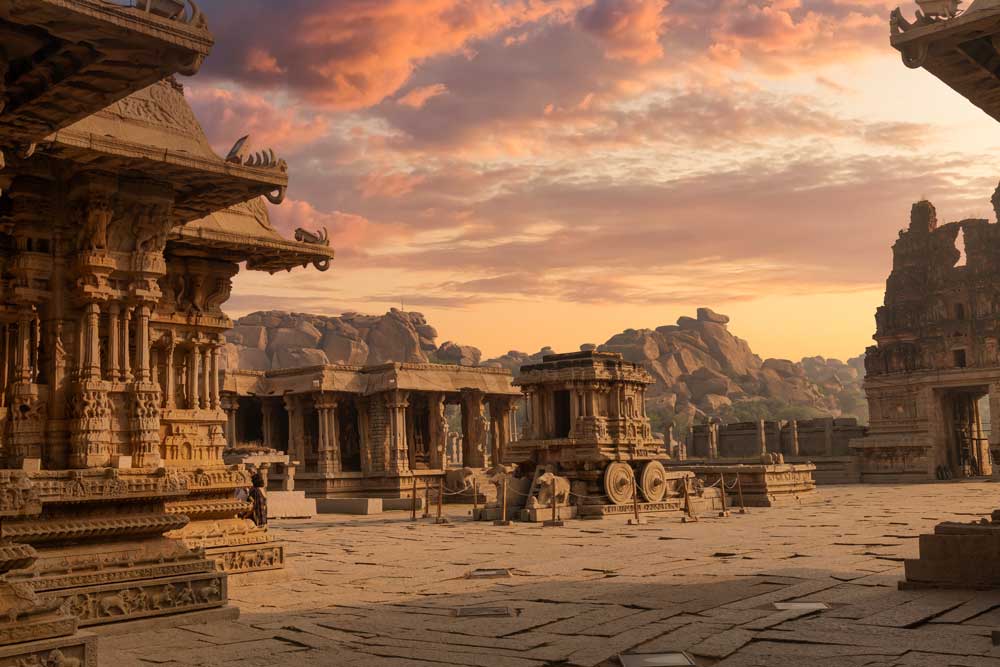
9. Group of Monuments at Hampi, Karnataka
Ruins of the Vijayanagara Empire, featuring temples, palaces, and markets set in a stunning landscape.
10. Group of Monuments at Mahabalipuram, Tamil Nadu
Rock-cut temples and sculptures from the Pallava dynasty, known for their artistic and architectural grandeur.
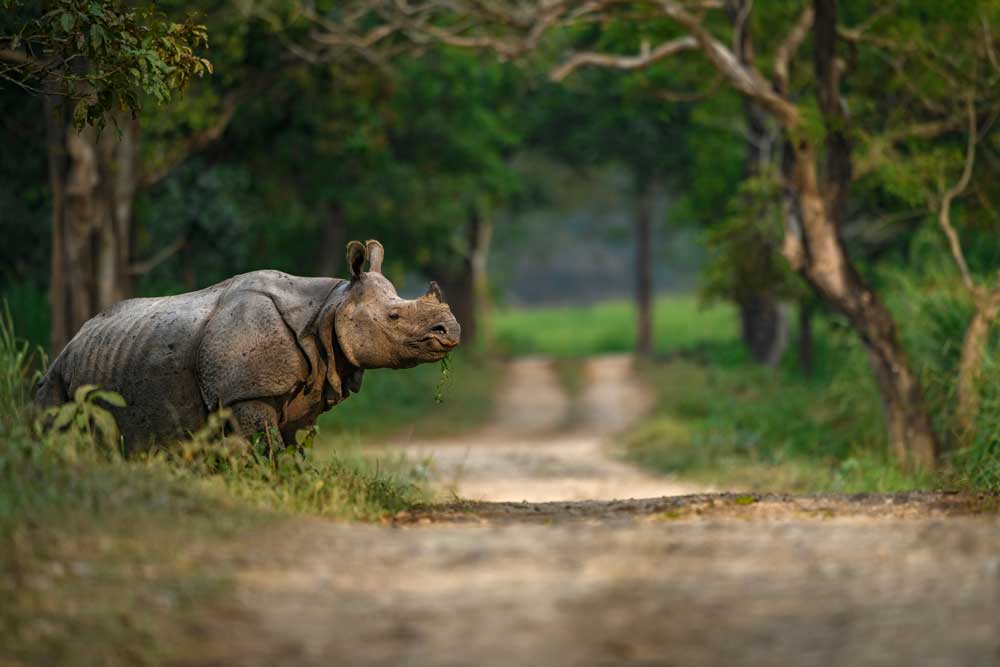
11. Kaziranga National Park, Assam
Home to the largest population of the Indian one-horned rhinoceros, this park is a biodiversity hotspot.
12. Keoladeo National Park, Rajasthan
A man-made wetland bird sanctuary that hosts thousands of migratory birds.
13. Manas Wildlife Sanctuary, Assam
A natural site known for its rich biodiversity and endangered species, including the Assam roofed turtle and the pygmy hog.
14. Sundarbans National Park, West Bengal
The largest mangrove forest in the world, home to the Bengal tiger and diverse wildlife.
15. Nanda Devi and Valley of Flowers National Parks, Uttarakhand
Known for their breathtaking alpine meadows, rare and endangered flora and fauna, and stunning Himalayan landscapes.
16. Khajuraho Group of Monuments, Madhya Pradesh
Famous for their erotic sculptures and intricate carvings, these temples are masterpieces of Indian art and architecture.
17. Buddhist Monuments at Sanchi, Madhya Pradesh
Ancient stupas, monasteries, and temples dating back to the 3rd century BCE, built by Emperor Ashoka.
18. Rock Shelters of Bhimbetka, Madhya Pradesh
Prehistoric rock paintings and shelters that provide insights into early human life in the Indian subcontinent.
19. Elephanta Caves, Maharashtra
A network of sculpted caves dedicated to Hindu gods, particularly Shiva, known for their intricate rock-cut architecture.
20. Chhatrapati Shivaji Terminus, Mumbai
A historic railway station that is a blend of Victorian Gothic Revival and traditional Indian architecture.
21. Ajanta Caves, Maharashtra
Rock-cut caves featuring ancient Buddhist paintings and sculptures, considered masterpieces of Buddhist religious art.
22. Ellora Caves, Maharashtra
One of the largest rock-cut temple complexes in the world, featuring Buddhist, Hindu, and Jain monuments.
23. Sun Temple, Konârak, Odisha
A 13th-century temple designed as a colossal chariot dedicated to the Sun God, Surya.
24. Mahabodhi Temple Complex, Bihar
A significant Buddhist site marking the location where Buddha attained enlightenment under the Bodhi Tree.
25. Mountain Railways of India
Including the Darjeeling Himalayan Railway, Nilgiri Mountain Railway, and Kalka-Shimla Railway, these railways are engineering marvels set in scenic landscapes.
26. Jantar Mantar, Jaipur
A collection of nineteen astronomical instruments built by the Rajput king Sawai Jai Singh II.
27. Western Ghats
A mountain range along the western coast of India, recognized for its unique biodiversity and endemic species.
28. Hill Forts of Rajasthan
A group of six forts showcasing the architectural and military achievements of the Rajput kings.
29. Great Himalayan National Park, Himachal Pradesh
A national park known for its high biodiversity and stunning mountainous landscapes.
30. Rani-ki-Vav (the Queen’s Stepwell), Gujarat
An intricately designed stepwell built in the 11th century, showcases detailed sculptures and architectural finesse.
31. Archaeological Site of Nalanda Mahavihara, Bihar
The ruins of an ancient monastic and scholastic institution, once a renowned center of learning in the 3rd century BCE.
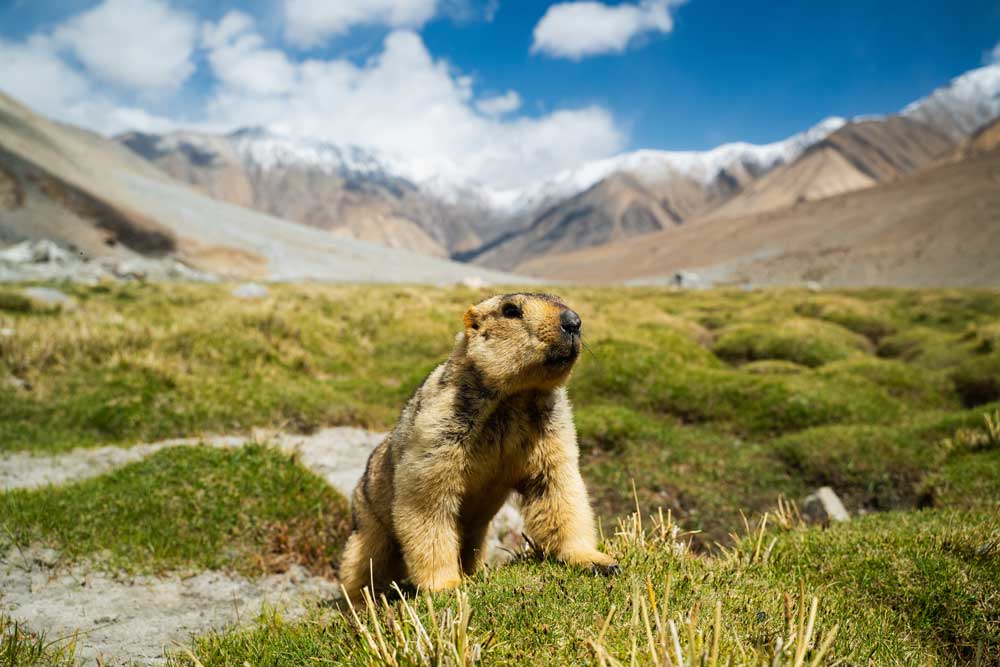
32. Khangchendzonga National Park, Sikkim
A national park in the Himalayan range known for its dramatic landscapes and rich biodiversity.
33. The Architectural Work of Le Corbusier, Chandigarh
Buildings and structures designed by the famous architect Le Corbusier, reflecting modernist architecture.
34. Historic City of Ahmadabad, Gujarat
The first Indian city to be declared a UNESCO World Heritage City, known for its historic architecture and vibrant culture.
35. Victorian Gothic and Art Deco Ensembles of Mumbai
A collection of buildings showcasing Victorian Gothic and Art Deco architectural styles, symbolizing the city's modern development.
36. Jaipur City, Rajasthan
The capital city of Rajasthan, known for its unique urban planning and architecture, famously called the Pink City.
37. Ramappa Temple, Telangana
An ancient temple known for its intricate carvings and craftsmanship, dating back to the Kakatiya dynasty.
38. Dholavira, Gujarat
An archaeological site of an ancient Harappan city, showcasing the advanced urban planning of the Indus Valley Civilization.
39. Kakatiya Rudreshwara (Ramappa) Temple, Telangana
Famous for its distinctive and intricate architectural features from the Kakatiya dynasty period.
40. Sacred Ensembles of the Hoysala, Karnataka
Featuring architectural excellence in Hindu temple design during the Hoysala Empire.
41. Bhedaghat-Lameta Ghat in Madhya Pradesh
Known for its stunning marble rocks and the picturesque Narmada river.
42. Santiniketan, West Bengal
Founded by Rabindranath Tagore, reflecting the philosophical and educational vision of one of India's greatest cultural icons.
These UNESCO World Heritage Sites in India highlight the country's rich cultural, architectural, and natural heritage. Each site tells a unique story and contributes to India's position as a land of timeless beauty and historical significance. Whether you're a history enthusiast, nature lover, or an architectural aficionado, these sites offer a glimpse into India's illustrious past and vibrant present.